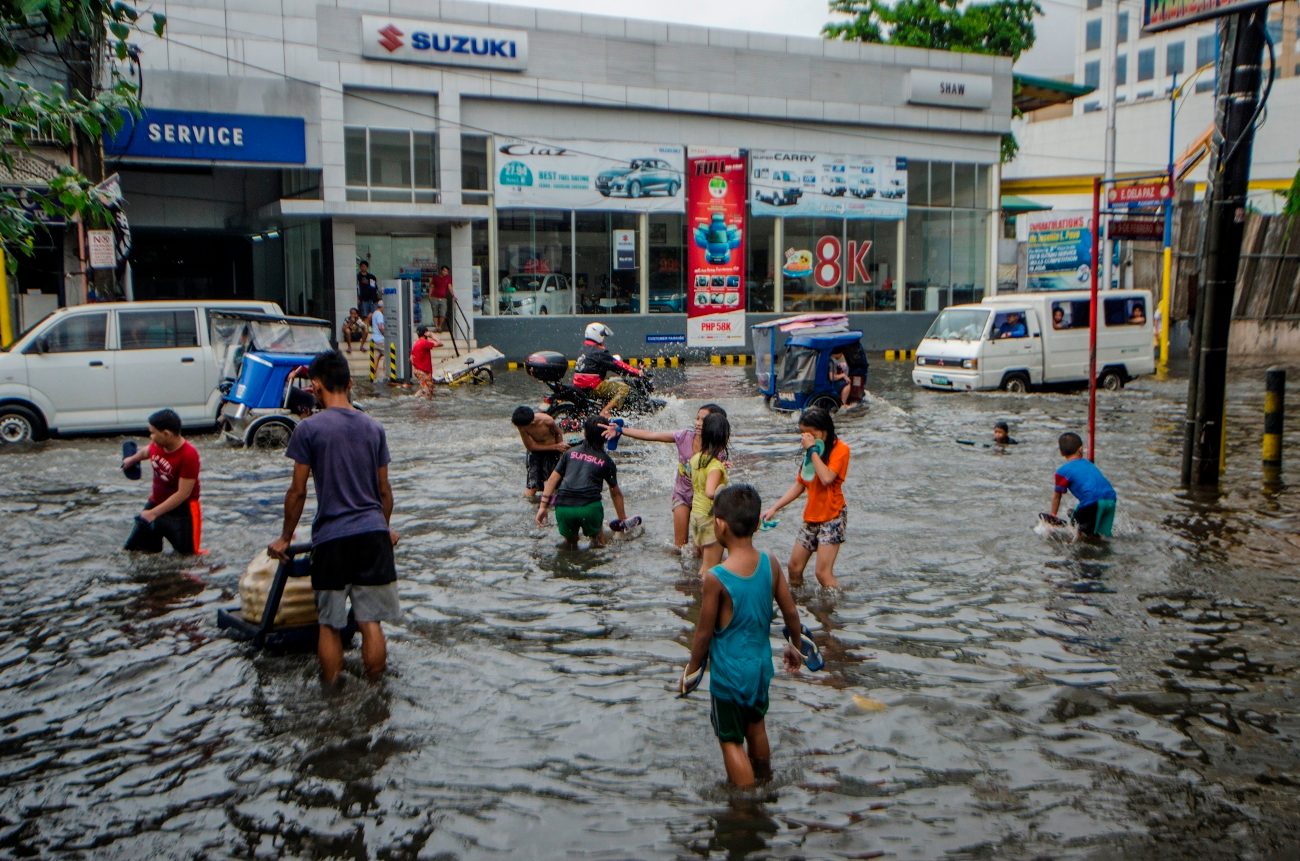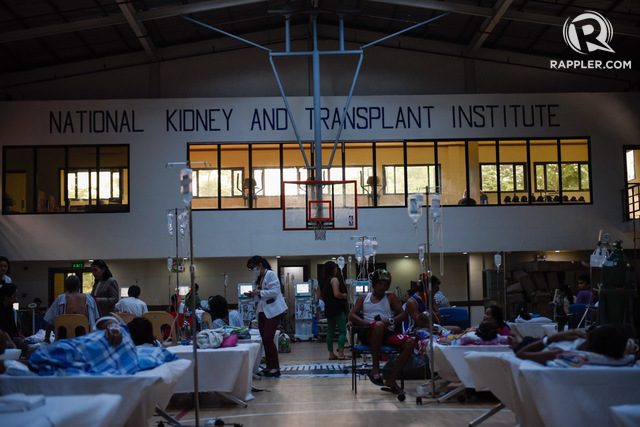SUMMARY
This is AI generated summarization, which may have errors. For context, always refer to the full article.

MANILA, Philippines – With the start of the rainy season, the risk of contracting waterborne diseases is oftentimes much greater.
It is one of the most commonly contracted diseases after extreme weather-related events, according to a 2012 systematic review published in Epidemiology and Infection.
In fact, the number of leptospirosis cases has been rising in recent weeks, due to the June rains and heavy flooding. From January to June 9 this year, the Department of Health (DOH) has recorded at least 1,030 cases with 99 dead. (Read: 6 Dead, 52 admitted in a week due to leptospirosis)
In 2017, 2,495 leptospirosis cases were recorded nationwide – 49.1% higher than 2016’s 1,673. Out of this cases, 261 resulted in death.
What exactly is leptospirosis, and what do you need to know to prevent infection?
Fear the flood
Leptospirosis, according to the World Health Organization, is a bacterial disease that affects both humans and animals. It can occur worldwide but is most prevalent in tropical and subtropical regions, it added.
Human infection happens through “direct contact with the urine of infected animals or with a urine-contaminated environment.”
“As animals are constantly in our environment, there is a particular danger of getting leptospirosis when flooding occurs, such as following a typhoon or very heavy seasonal rains, because of exposure to contaminated water when wading in floodwaters,” the WHO said.
The most common way humans contract leptospirosis is through cuts and abrasions on the skin. It can also be acquired when infected animal urine gets in contact with the mucous membranes in the eyes, nose, and mouth.
Contact with in infected animal urine is often facilitated by floodwater in areas with a large prevalence of rats or livestock. However, infected soil can also be a source of the disease.
Prevention
For some, leptospirosis is an unavoidable occupational hazard.
Some of the occupations noted by the WHO include those of farm and agricultural workers (especially rice paddy and sugar cane workers), pet shop workers, meat handlers, and survivors of natural disasters.
However, anyone spending prolonged hours outdoors during floods can come into contact with the disease.
To prevent infection, the WHO and the DOH recommend the following:
- Avoid contact with floodwater
- Wear protective clothing like boots, gloves, and masks when contact with floodwater is unavoidable
- Wash or shower as soon as possible, after having come into contact with floodwater
- Wash and clean all wounds, especially those on the feet and legs
- Try and reduce the number of rats in the household by using rat traps and rat poison
- Consume clean drinking water
- Maintain cleanliness at home
- Use boats and other means of transport when leaving flooded areas, instead of wading through water

Signs and symptoms
According to the WHO, symptoms of leptospirosis usually become apparent 5 to 14 days after contact with the bacteria. They can, however, also appear anytime from two to 30 days.
Leptospirosis can often be mistaken for other diseases common during the rainy season, such as dengue, typhoid, and viral hepatitis.
Symptoms include:
- high fever
- muscle pain
- headache
- reddish eyes
- chills
- vomiting
- diarrhea
- rashes
Illness can occur very abruptly after contracting the disease, according to the Center for Disease Control and Prevention. Sick individuals will experience some combination of the above symptoms, and if left untreated, may reoccur.
Early identification and treatment is of highest importance to avoid fatal complications. Reoccurrence of symptoms after an initial period of illness will be more severe and potentially life-threatening. As such, it is important to see a doctor as soon as symptoms become apparent.
Severe symptoms may include:
- yellowish discoloration of the skin or eyes due to kidney failure
- dark colored urine
- light stools
- low urine output
- severe headache
- liver failure
- meningitis
Leptospirosis is treated with antibiotics “given as early in the course of illness as possible,” according to the WHO, adding that severe cases may require greater medical intervention for treatment of the possible complications.
“Treatment is most effective when started as soon as possible,” it said.
As of July, members of PhilHealth can avail a coverage package worth Php 11,000 for moderate to severe cases of leptospirosis. – Rappler.com
Cesar E. Garcia is a Rappler intern. He studies Political Science at the University of British Columbia.
Add a comment
How does this make you feel?
There are no comments yet. Add your comment to start the conversation.